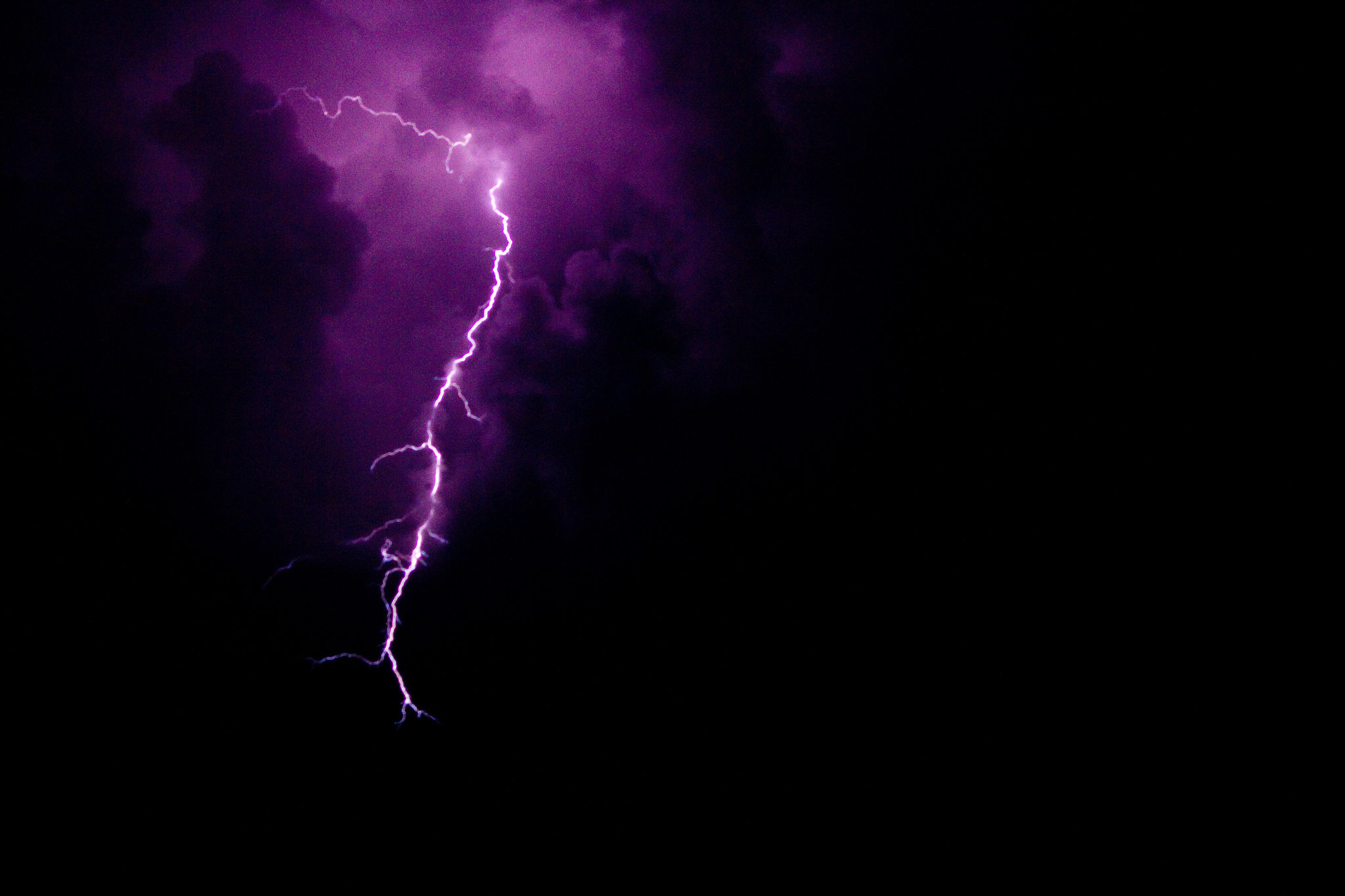OF THE
TIMES
We'll know our disinformation program is complete when everything the American public believes is false.
The unilateral veto power is why the UN is a joke.
Im a big fan of evidence, so I asked Statistics Canada for the 2023 Deaths by Cause. Everything appears normal up to 2019, then... Here is the...
No sh*t. Every of those patients asked for it. Did they read the form they signed before getting the shot ? "Death" was explicitly mentioned as...
We can safely assume these 12 planes is all they have ...
Iran reports no damage after alleged Israel attack Considering the fact that they got Russian S-300 and lately S-400, cloned the former, and...
To submit an article for publication, see our Submission Guidelines
Reader comments do not necessarily reflect the views of the volunteers, editors, and directors of SOTT.net or the Quantum Future Group.
Some icons on this site were created by: Afterglow, Aha-Soft, AntialiasFactory, artdesigner.lv, Artura, DailyOverview, Everaldo, GraphicsFuel, IconFactory, Iconka, IconShock, Icons-Land, i-love-icons, KDE-look.org, Klukeart, mugenb16, Map Icons Collection, PetshopBoxStudio, VisualPharm, wbeiruti, WebIconset
Powered by PikaJS 🐁 and In·Site
Original content © 2002-2024 by Sott.net/Signs of the Times. See: FAIR USE NOTICE

Comment: See also: Lightning strikes kill 57 within 10 weeks in Myanmar (Burma); compares to 10 deaths for roughly the same period in 2016